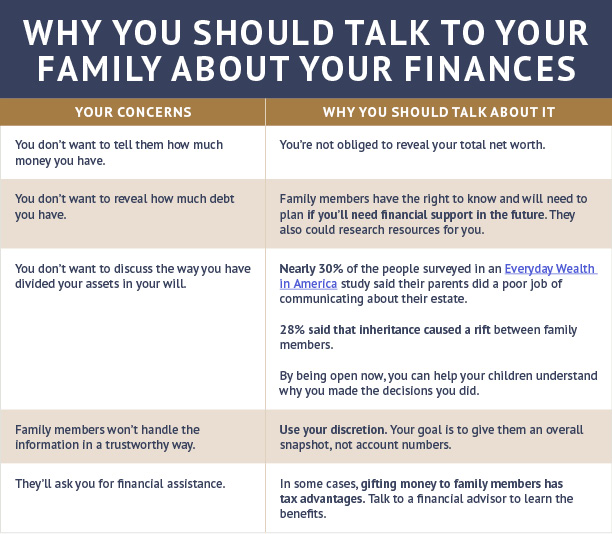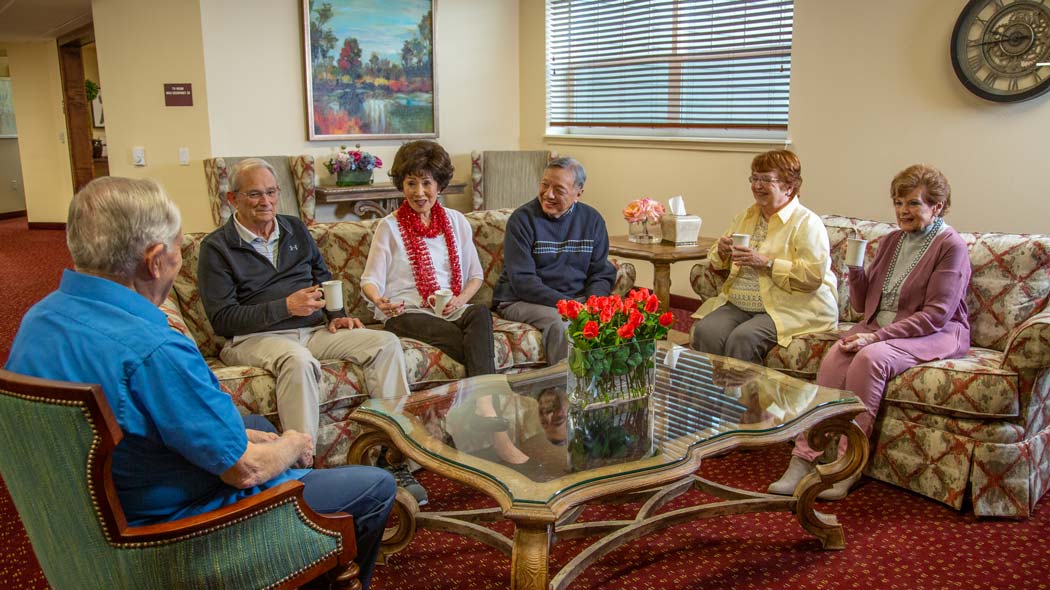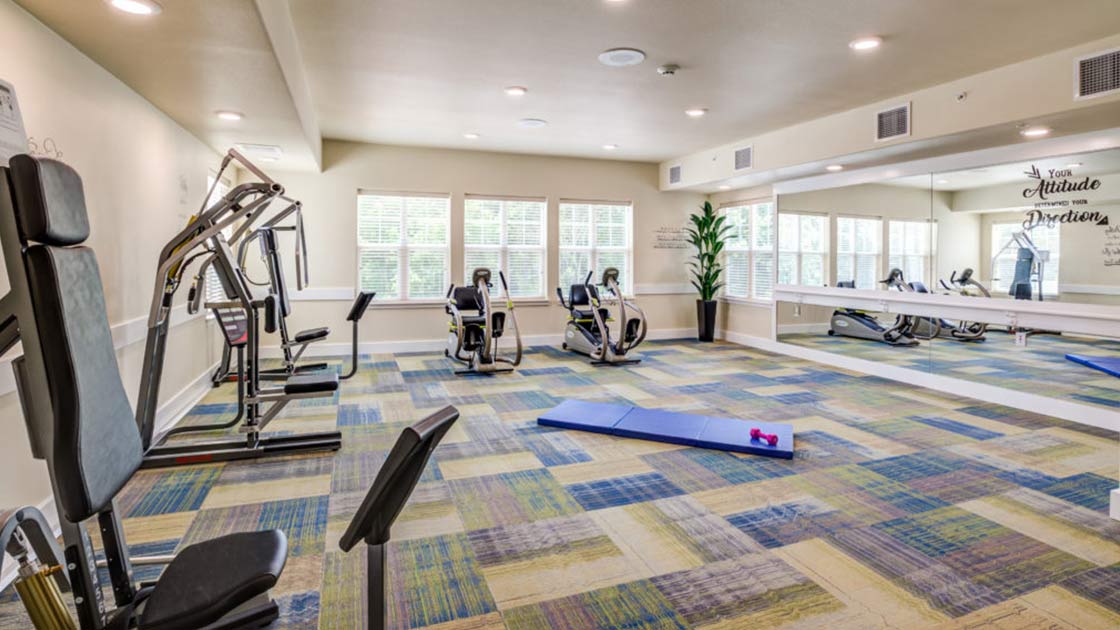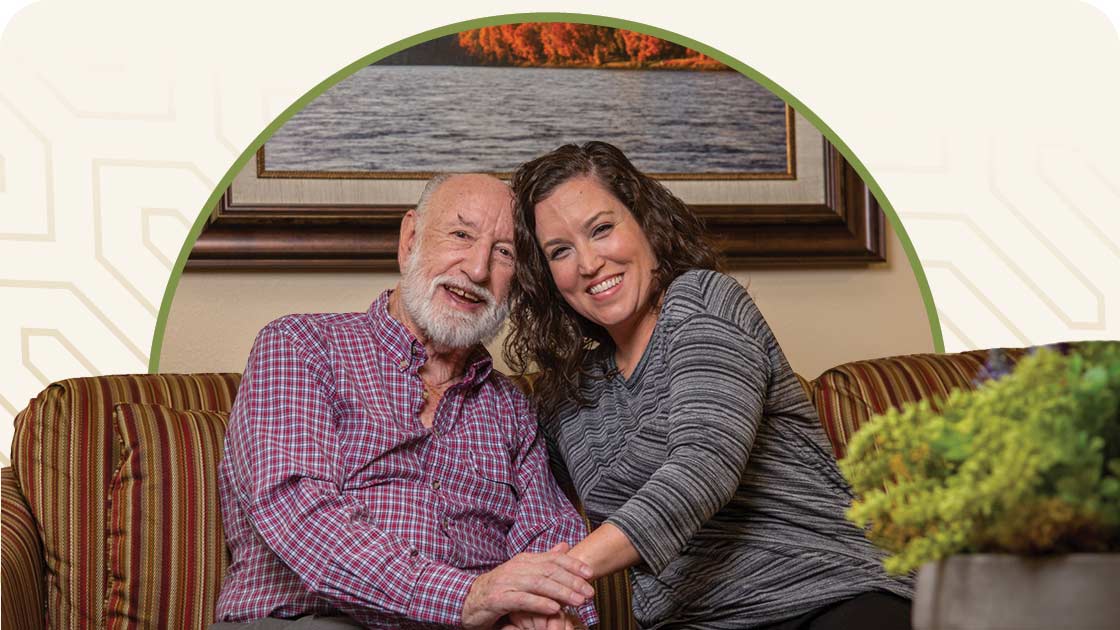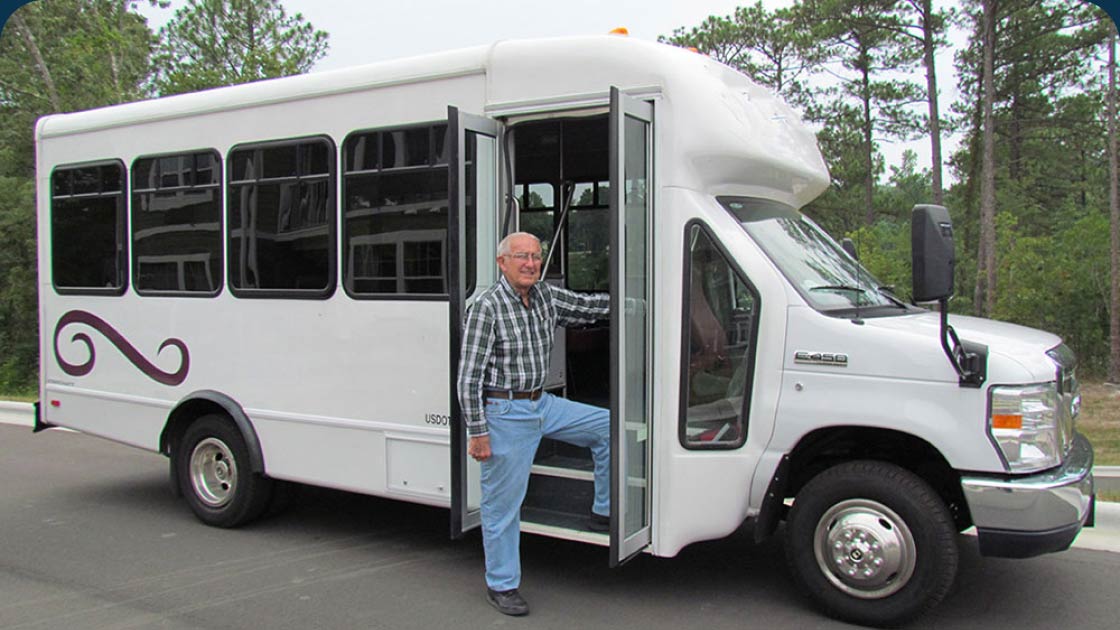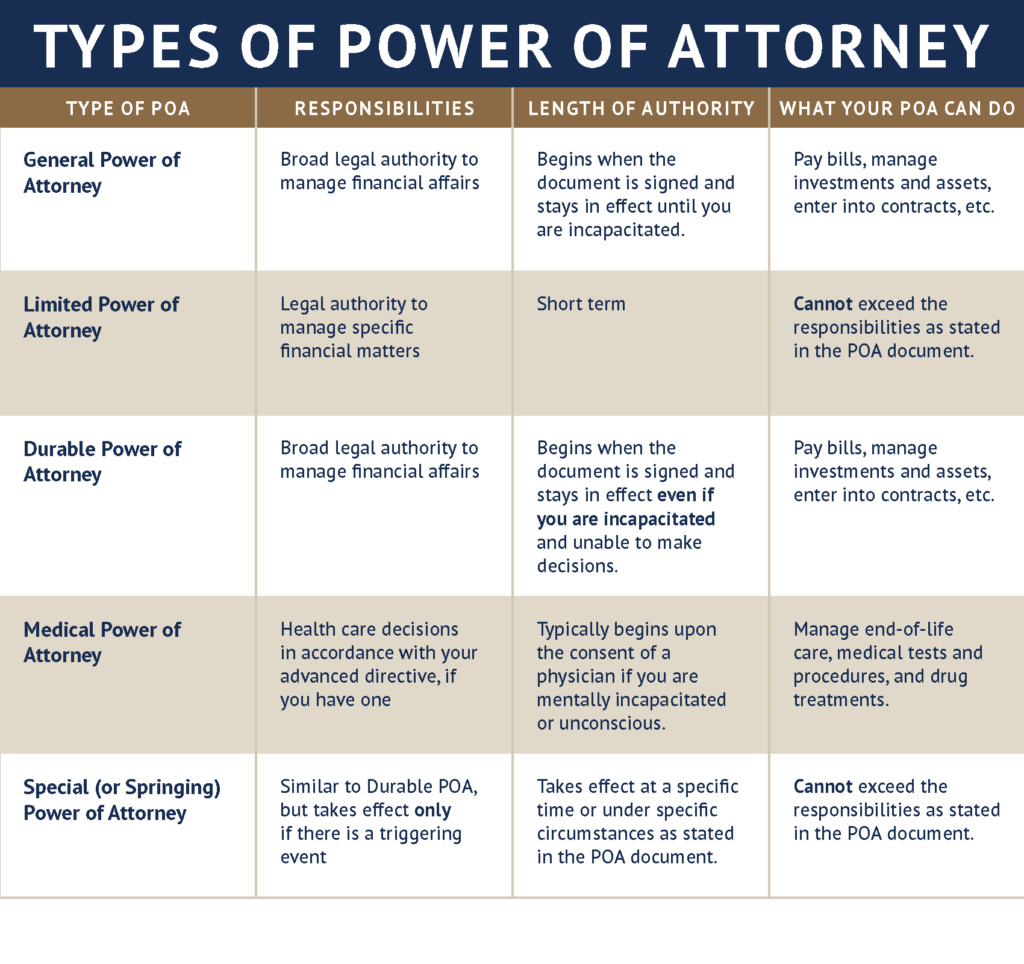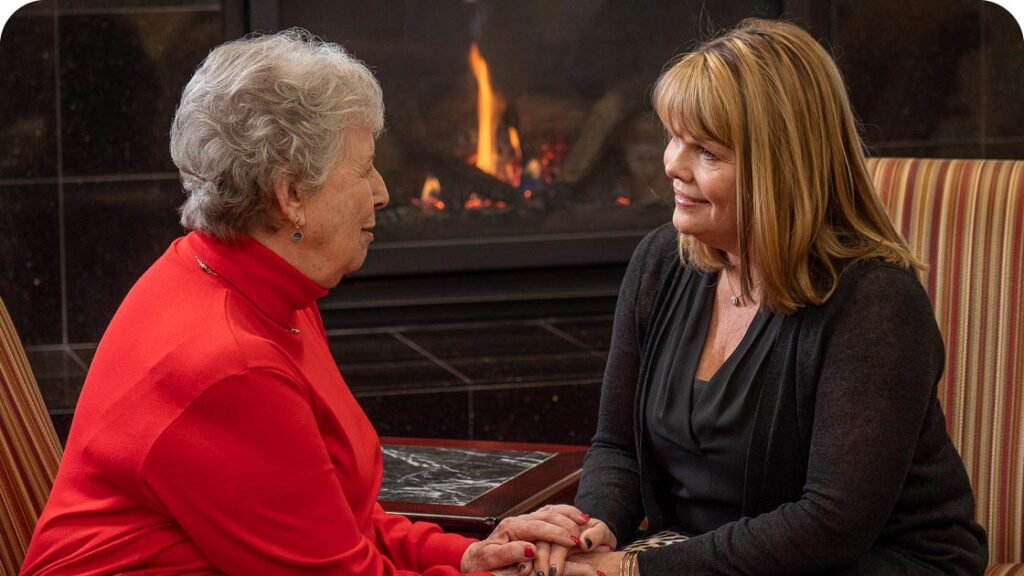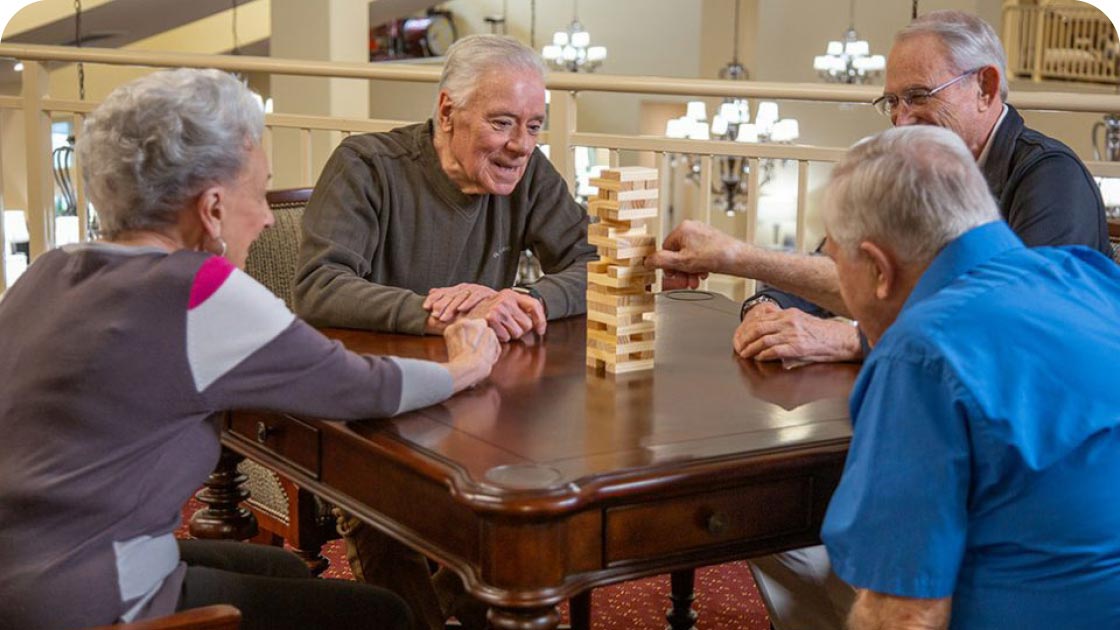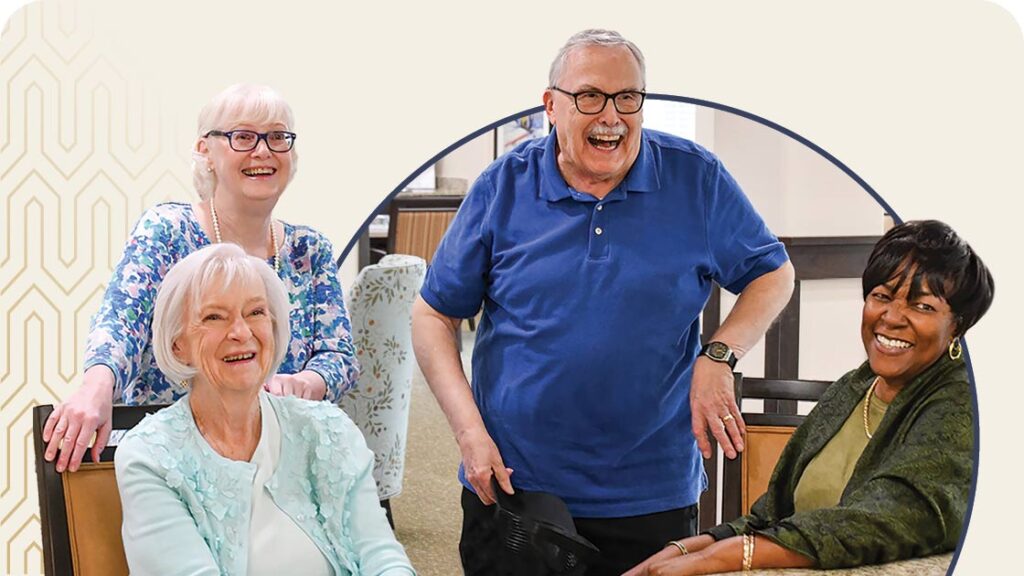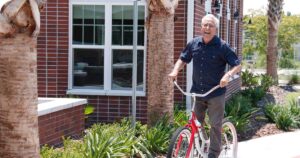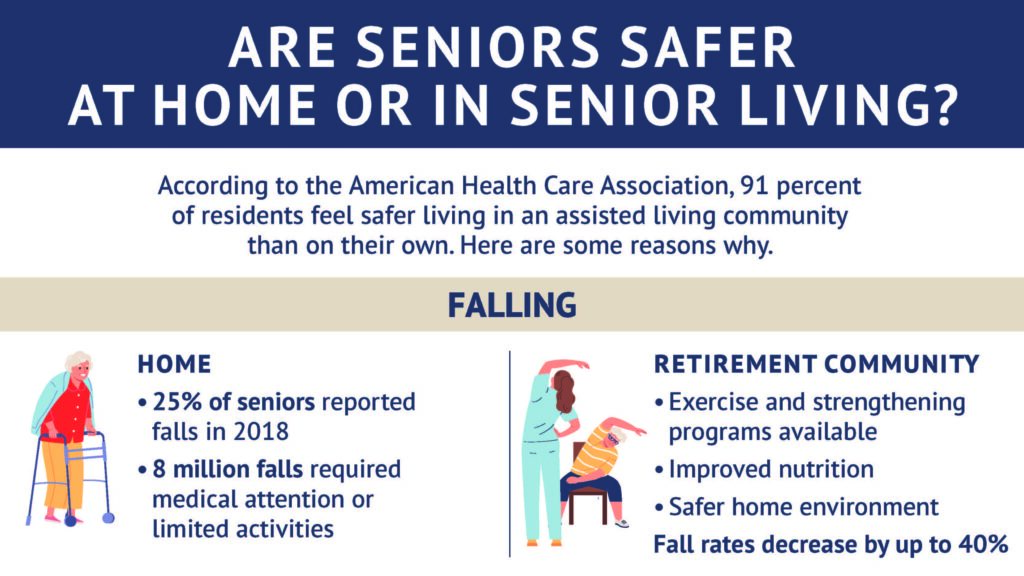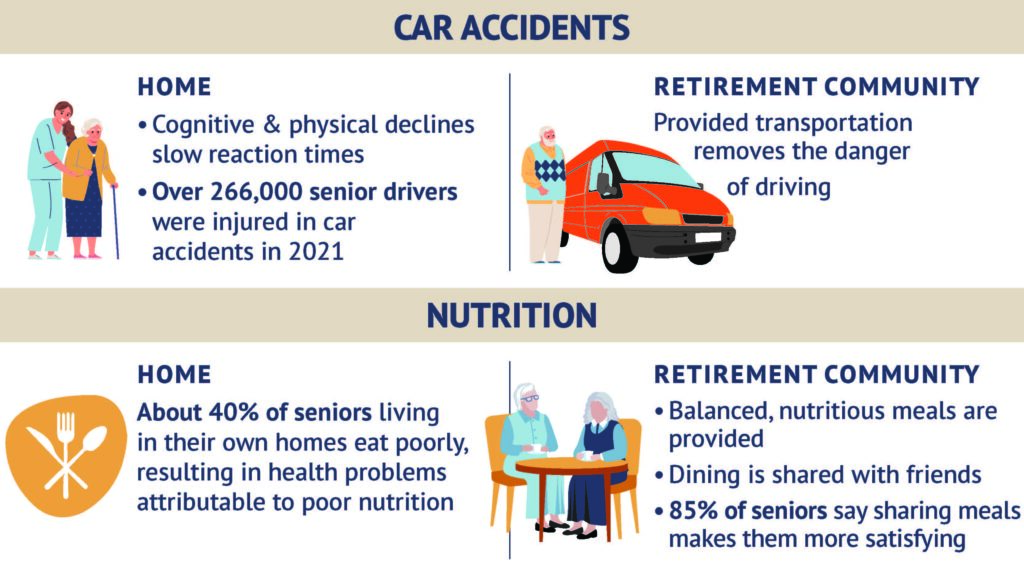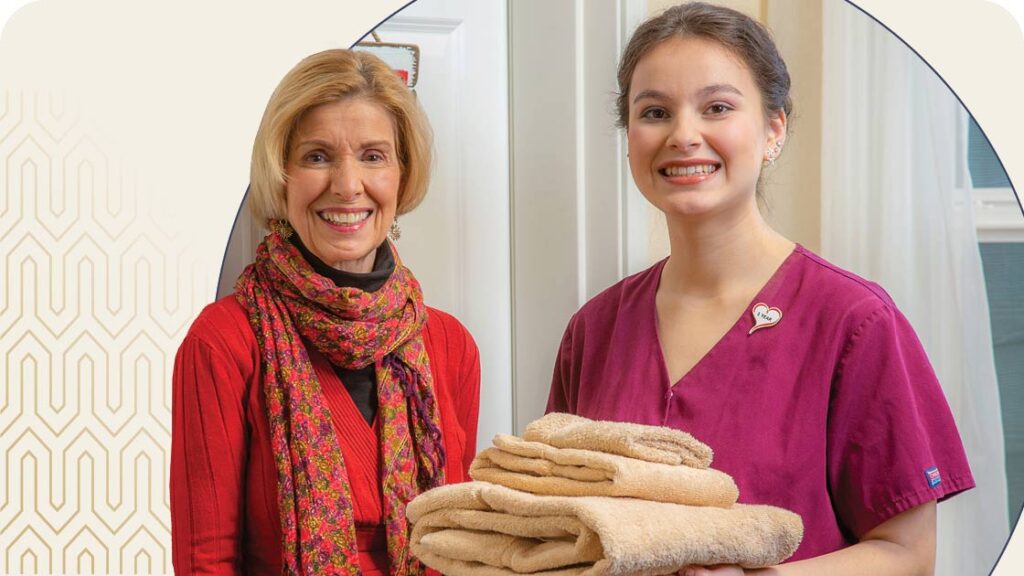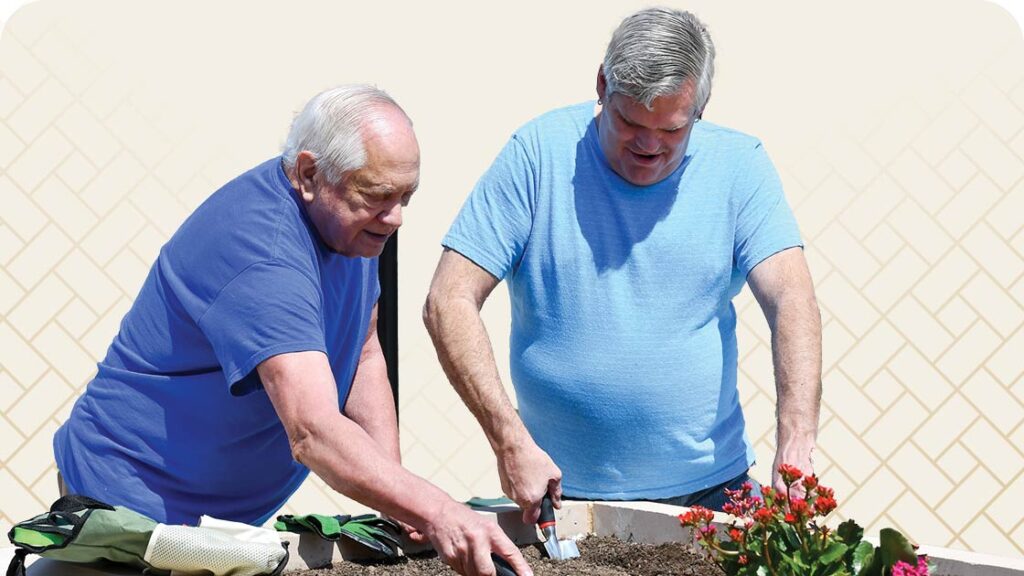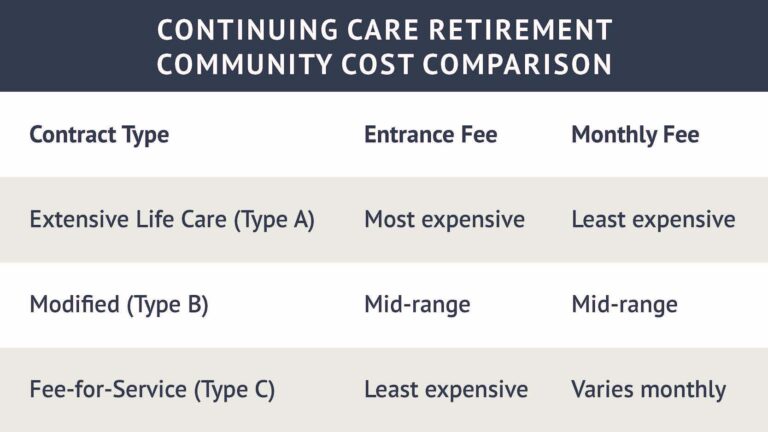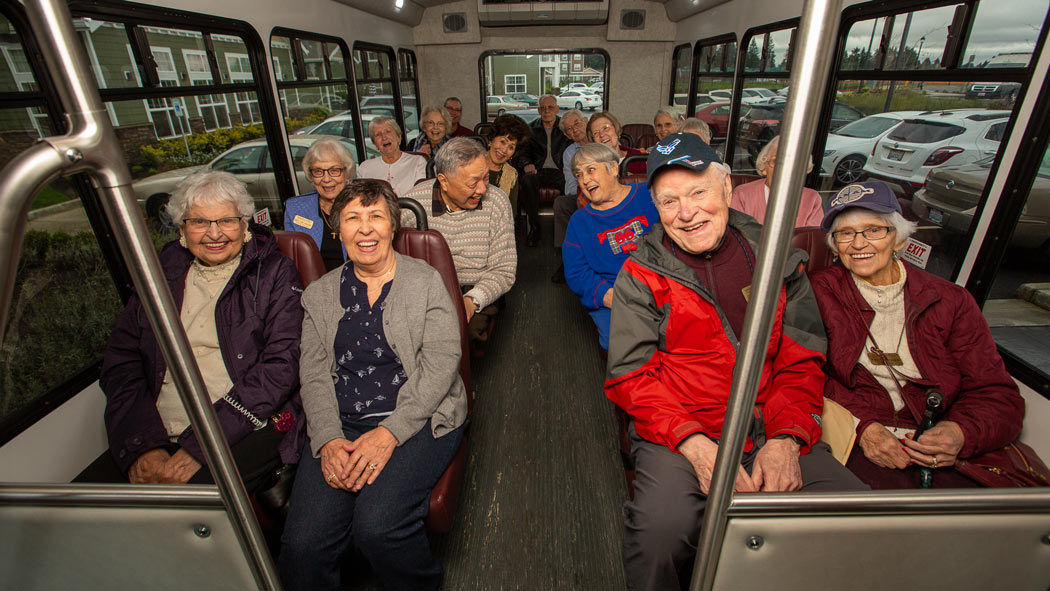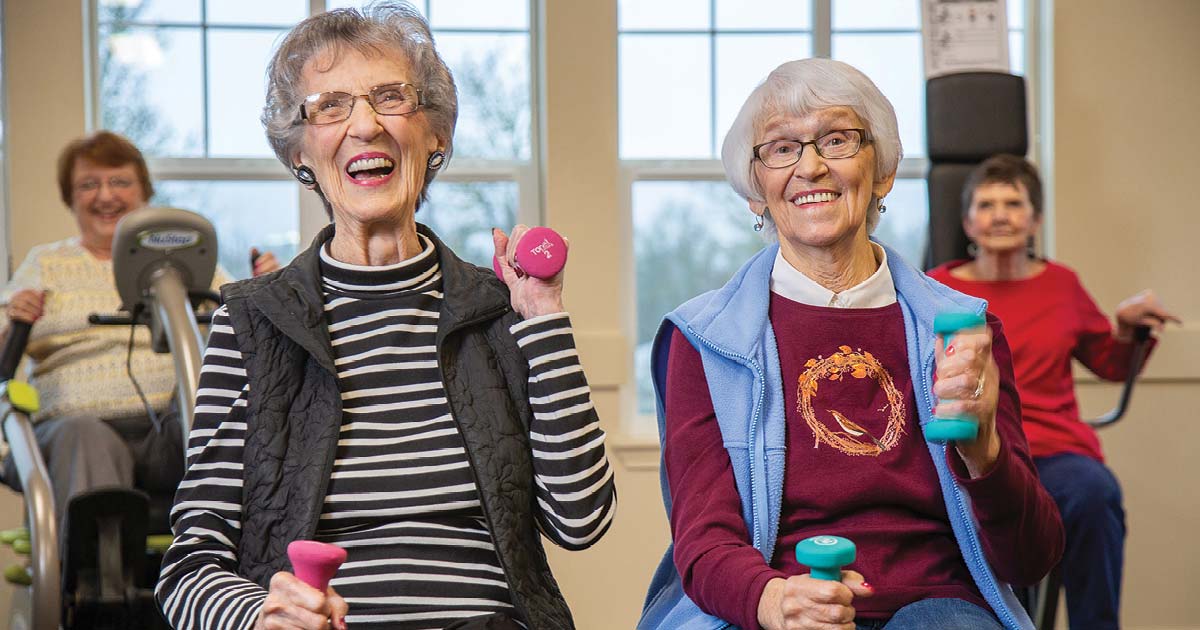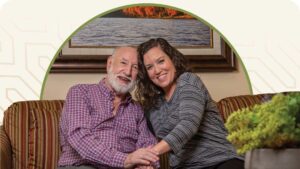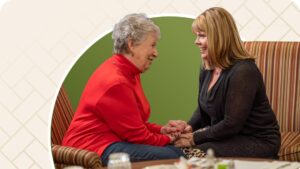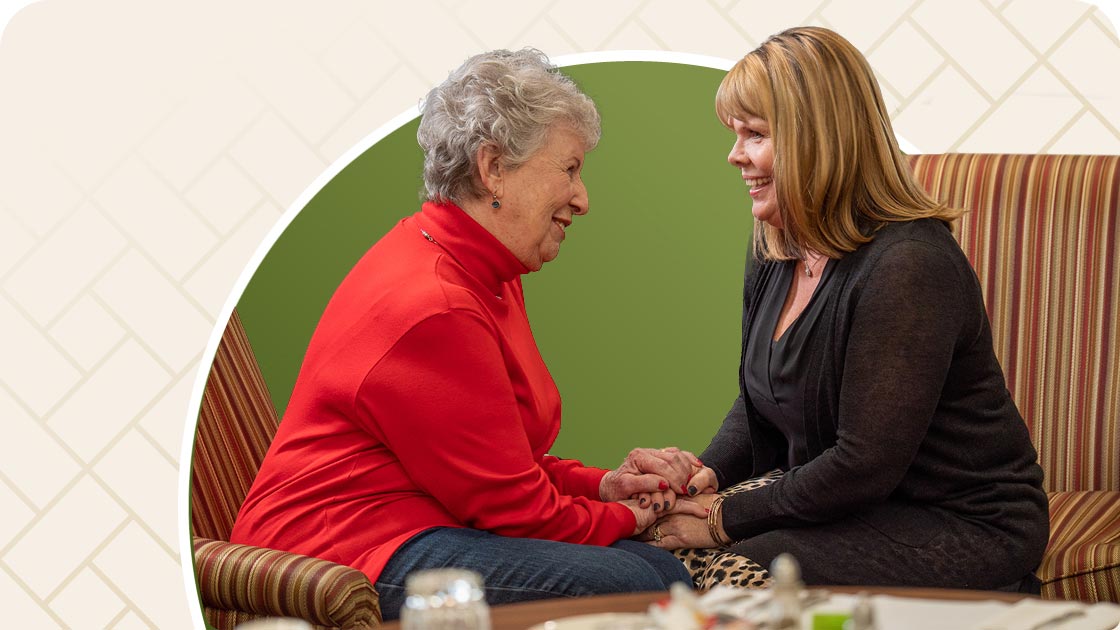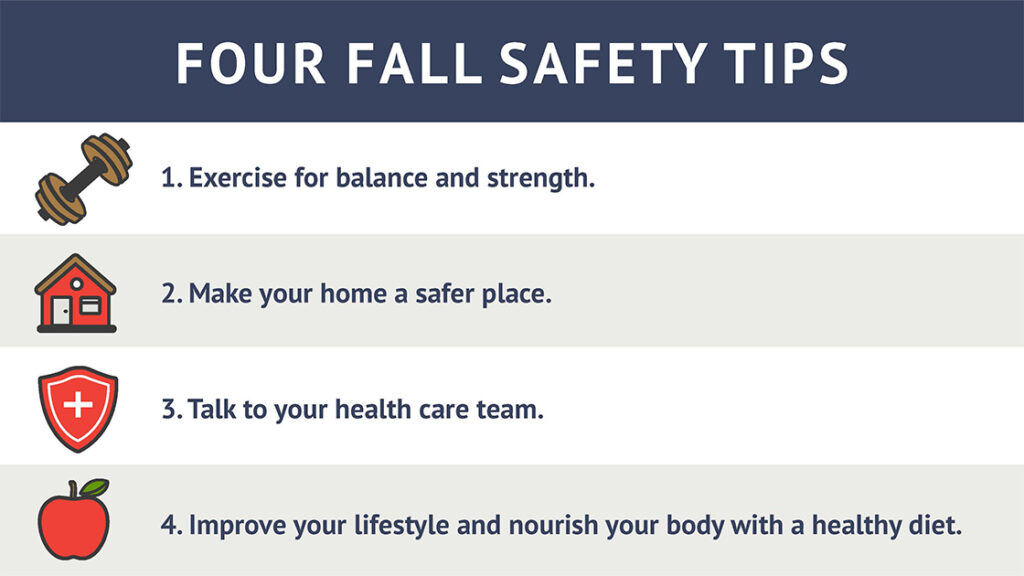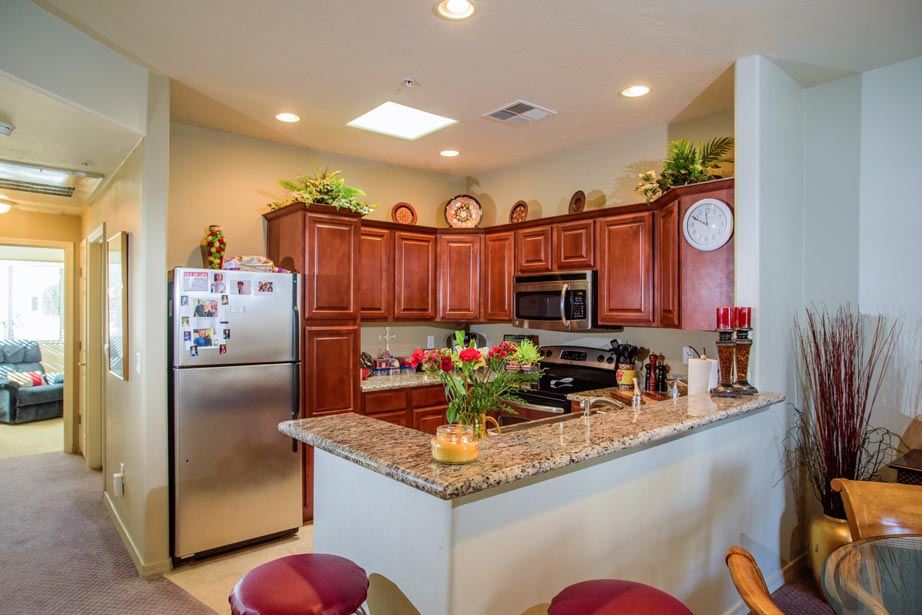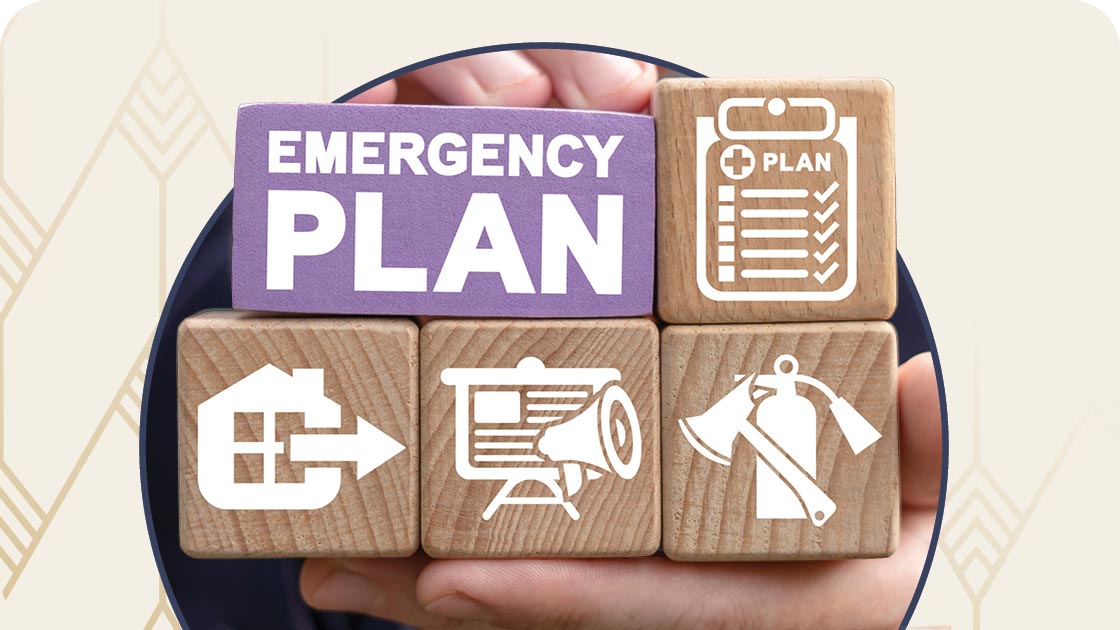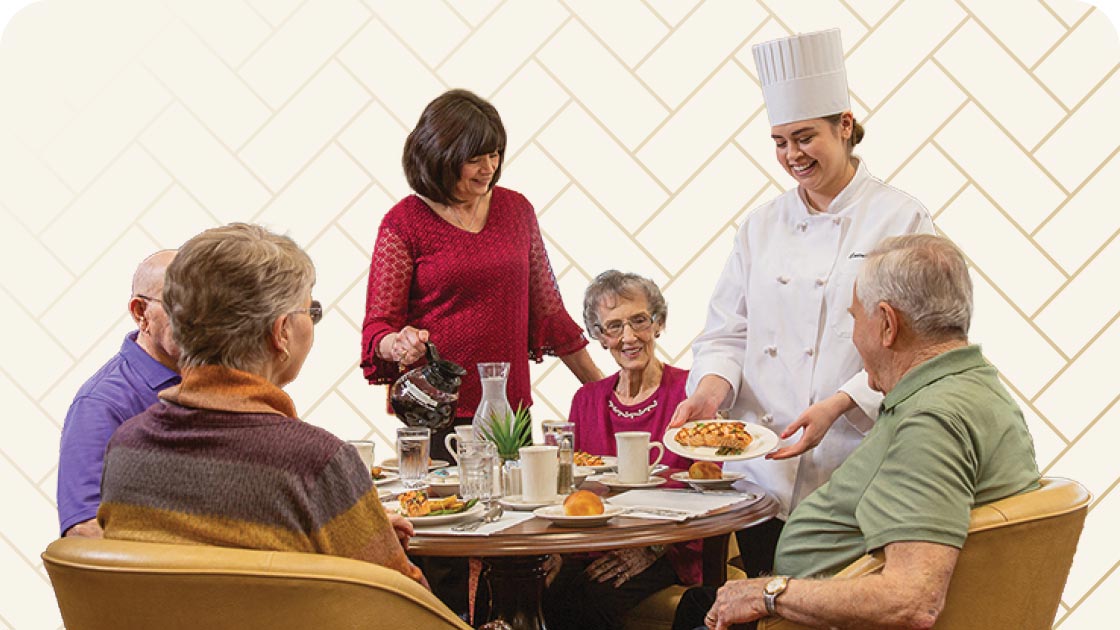By Julia Hubbel
Feeling lonely? You’re not alone. In fact, those of us who feel lonely are in excellent company, yet remarkably, we’re not finding one another. Especially as we age, we lose partners, friends, family members. Such losses affect our overall health and whole-person wellness, especially if we don’t create new connections. Loneliness seems to get worse as we age, but it doesn’t have to. By the same token, those seniors who invest in their quality of life by investing in new friendships gain emotional well-being and many other health benefits.
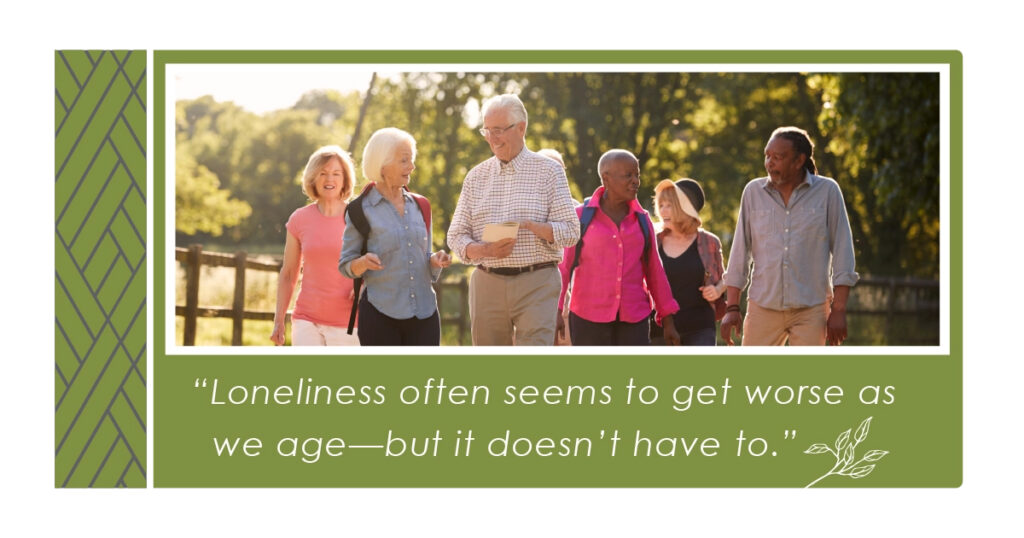
Let’s explore how we can address the inevitable losses, then fill the empty places in our lives with love and laughter. Investing in social connections, especially as we age, can transform every aspect of healthy aging and is an essential part of whole-person wellness.
When my father died of cancer in the late 1980s, something we knew was coming, my mother was prepared. Once she took care of the demands his death placed on the family, she took care of herself.
I flew with her from Denver to California to visit an old family friend. When Ed opened the door to greet us, she fell head-over-heels in love. On the spot.
While they didn’t end up living together, that connection bolstered my mother’s final years in ways none of us could have imagined. She was more joyful, more youthful, energetic and hopeful than she had been in decades. She also made new friendships as she moved into her future instead of living in her past.
The object of my mother’s affection, Ed, had lost his partner some years before. A gregarious, energetic man, he welcomed my mother into his life. His positive attitude strongly influenced her commitment to build new friendships at her senior living community. Ed’s friendship enhanced her overall health for the rest of her years.
During this article we discuss the health risks of social isolation and loneliness. We strive to present reputable sources, but as always, please talk to a medical professional when evaluating the health impact of new activities.
Health Impacts of Isolation and Loneliness
The isolation many feel after the loss of a partner or family member can move us from grief to depression, especially if we don’t take steps to take care of ourselves. Those of us who have lived alone for a long time can, over time, feel the walls pressing in without the presence of others to keep life lively.
According to an article about making friends after 60 in Senior Lifestyle, the double whammy of loneliness and isolation packs a terrible punch.
According to the article, among the challenges we may face include:
- Increased potential for coronary heart disease or stroke, according to the National Institutes of Health
- Higher risk of cognitive decline and dementia
- Mental and physical decline as well as an increased risk of death and greater risk of long-term illnesses like arthritis, lung disease and impaired mobility
- Elders living alone and isolated may experience more abuse and are victims of scams
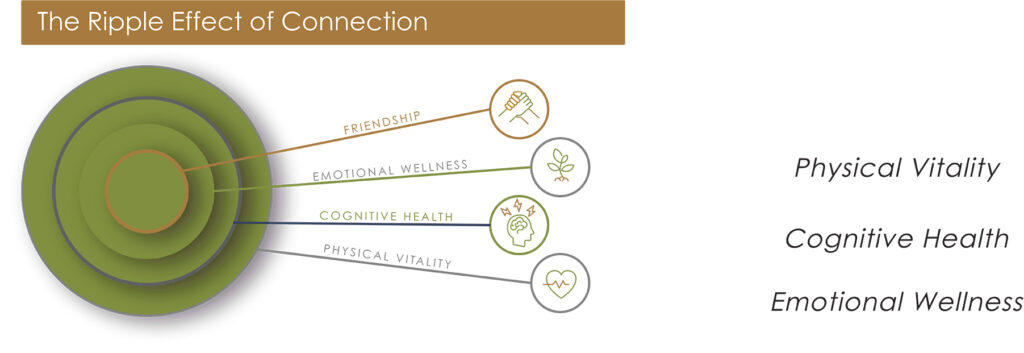
Loneliness is in the news all over the globe. It’s not just a factor of aging; many of us at any age can feel lonely. The best news is that there is so much we can do about it, and most of it involves a lot of fun.
If fun sounds pretty good right now, please read on.
The Good News About Making Friends
Here’s a short list of what you can expect when you start the gorgeous process of inviting new people into your life. Again, this from Senior Lifestyle:
- We enjoy greater mental health and feelings of well-being.
- Our risk of dementia diminishes as well as the decline of our cognitive health. Even if we are dealing with dementia, social circles can reduce the effects.
- Age-related conditions ranging from Alzheimer’s and cardiovascular disease to arthritis and cancer can improve because the inflammation that causes them is lower. Studies suggest you may live longer and more happily.
- We enjoy a stronger sense of purpose and belonging.
Attitude is a huge factor in how well we age, and having friends has a big impact on our positivity. Our positivity begets more friends, too. We get a greater sense of purpose because having more friends boosts self-esteem. The greater our self-esteem and social health, the more easily you can commit to whole-person wellness such as more physical activity, better nutrition and letting go of bad habits like smoking, often in the company of friends.
Our new friends want us to be healthy, have fun and hang out with them more often. They want us to live a long time! Mom’s friend Ed was a hiker and outdoorsman. His attitudes about health certainly impacted my mother’s choices.

Nature Abhors a Vacuum
The Greek philosopher Aristotle said that Nature abhors a vacuum. When someone close to us passes, that leaves a hole in our hearts forever. Yet Nature, in her wisdom, wants us to be fulfilled. It’s up to us to fill those places.
Back in 2020, I bought a home on a forested slope in Oregon. The landscape dated from 1977. Since then, many of the great trees and bushes have died, leaving their stumps. Slowly but surely, I cleared those stumps out and planted new maples, cherries, hemlocks and rhododendrons – even coastal sequoias, whose great height will shade my deck in time.
Already, fall at my house is more colorful. The new trees and shrubs have eagerly put down their roots. They’re holding hands beneath the surface, just like we do with good friends. That powerful connection helps the trees survive our winter storms the same way a community of friends helps us survive life’s inevitable curveballs.
It’s seductive to believe that we’re the only ones feeling the pain of loss or sadness. When we create a social community of meaningful relationships, we learn swiftly that everyone else is likely feeling the same things we are. That alone is reason to feel better, when we are seen and understood by our peers.
That’s why aging and friendship go hand in hand; we need new friends because we’re aging, and aging well depends on our willingness to let others get to know us.
Let’s discuss some of the many ways we can bring light into our lives when we need it the most.
- Join an activity. If nothing appeals to you, start an activity of your own. You never know who might share your interest in collecting Russian nesting dolls. Put up a notice on a community board or let the Activities Director help you get the word out.
- Faith-based services can offer both solace and access to new friends. Whether you’re religious or identify as spiritual, there will be something that appeals. You can join online or in person. Either way it’s a safe place to start your friendship journey.
- If you’re intellectually curious, signing up for a book club or expanding your education with an online or community college course has the added value of providing mental stimulation as well as access to new friends. Discussions, debates and adult learning all contribute significantly to improving cognitive function.
- Feeling like you don’t matter anymore? You do – especially now. The best way to find this out is to volunteer. Whether you show up at the kitty rescue or the homeless shelter, find a cause to support or want to serve holiday meals to those in need, your contribution will make a big difference. Even better, putting your skills and knowledge to work mentoring or tutoring is a great reminder that you will always have something important to contribute, and people will appreciate you for it.
- Among the very best ways to make positive changes in your life in several areas at the same time is to sign up for an exercise class, or invite people to start walking with you. Physical activity doesn’t just feel good; people who feel good are fun to be with, and it’s easy to make friends with folks who are having fun.
- Start a casual conversation. Paying a compliment or sharing a casual observation can open doors to a conversation. This may seem difficult at first if you’re out of the habit, but like any skill, practice makes it easier.
- Travel. Few experiences help us see with new eyes better than travel. With companies that specialize in the older traveler like Road Scholar, you may find yourself charmed by the adventure and the people you meet.
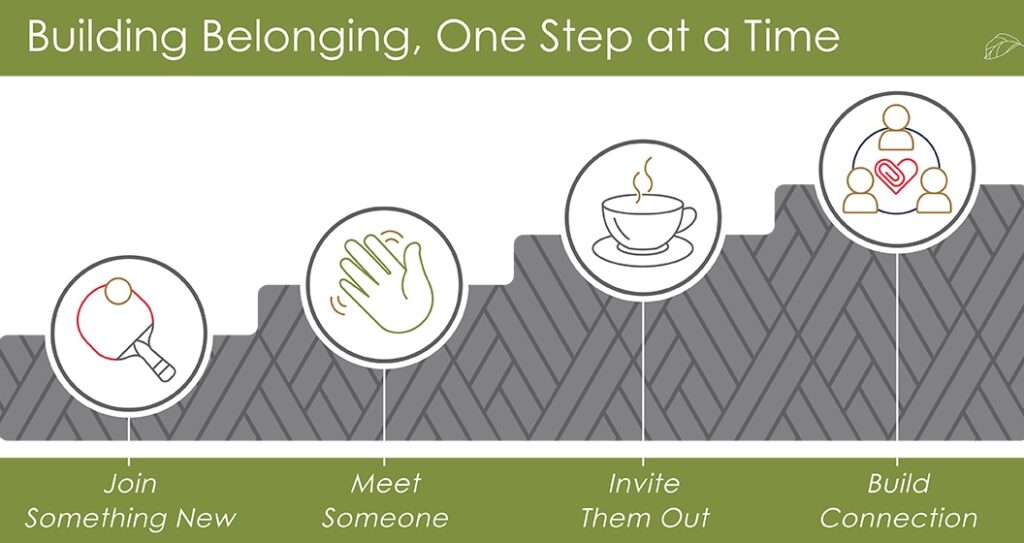
One of the core values of Hawthorn Senior Living is to provide opportunity and support for these kinds of activities. A dining room full of people is a new opportunity for friends every day, and our Travel Program gives our residents a safe way to meet new people and explore new horizons.
The more we spend time alone, the more difficult it can feel to reopen doors to new connections. Especially among older people, the need for companionship is great, and it adds to our life expectancy as well as our joy.
That’s why it’s so important to recognize the simple truth: if you’re feeling lonely and isolated, there are millions who feel exactly the way you do. You may not fall head-over-heels in love like my mother did, but you may well fall into all kinds of friendships, and as a result, fall back in love with life.
Go out and make friends now. You deserve it. You’re worth the risk, and your quality of life depends on it!

Have fun!
DID YOU ENJOY WHAT YOU JUST READ?
Join our exclusive community and subscribe now for the latest news delivered straight to your inbox. By clicking Subscribe, you confirm that you agree to our terms and conditions.
FIND YOUR COMMUNITY
Related Articles
STORIES, INSIGHTS & RESOURCES
As you and your loved ones navigate the exciting opportunities retirement presents, thoughtful planning is key. Stay informed with empowering articles for seniors covering health, lifestyle, finance and more.

The Potent Power of Positive Attitude on Whole-Person Wellness for Seniors
by Julia Hubbel Most of us want our later years to be easier, right? Less worry, less stress, more happiness and greater joy. After a…

6 Realistic New Year’s Resolutions for Seniors
New Year, New Goals: 6 Realistic Resolutions for Seniors to Achieve in 2023 2023 is right around the corner, and that means the opportunity for…


Aging in Place: The Truth Behind the Trend
Home. If just the sound of that word makes you feel all warm and cozy, you’re not alone. Three out of four adults aged 50 and older…
Chronicles Of The Heart
RESIDENTS SAY INDEPENDENCE IS A TOP PRIORITY
Below, residents explain how much they appreciate the freedom they experience at our independent living community. It’s empowering to continue to make your own decisions, and you’re free to create your day around your personal interests.




